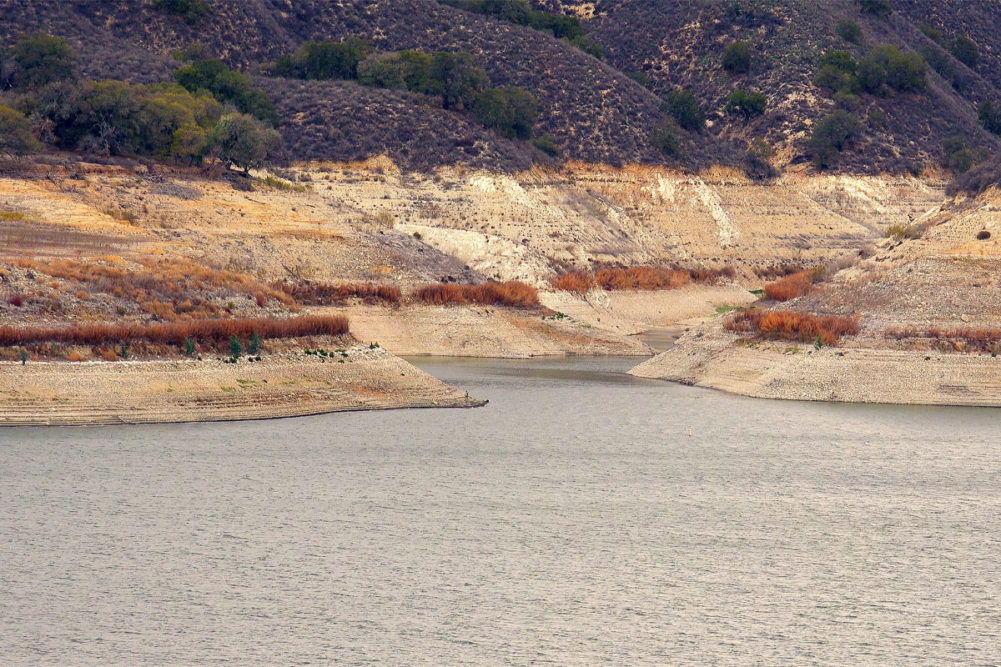
KANSAS CITY — While the atmospheric rivers that drenched the western United States certainly were desperately needed and welcome, the precipitation only provided a temporary respite from the drought of the past two decades. The region’s water resources, most notably the Colorado River Basin, continue to decline and are reaching a point where excruciating decisions will have to be made. Deliberations will bring into focus the tension between the water needs of communities and the needs of agriculture.
Decisions will invariably leave all parties involved displeased. The decisions that are made in the next few years will set into motion a series of events that will reshape water usage and agriculture production in the entire region.
The Jan. 31 US Drought Monitor shows much of California, Idaho, Montana, Nevada, Oregon and Utah remains in moderate- to extreme-drought conditions. The drought report’s authors said the recent rains and snow placed much of the region in a “holding pattern” vs. improving conditions. Reservoirs are refilling, but a very small amount of the rainwater is seeping through the earth and recharging the depleting aquifers that are critical to the region.
A survey by the American Farm Bureau Federation highlights the impacts of the ongoing drought already are being felt by producers throughout the West, with 74% of growers seeing a reduction in harvest yields due to drought as prevalent or higher in their area. On the animal agriculture side, two-thirds of respondents reported selling off portions of their herd or flock, with average herd sizes expected to be down 36%.
The area feeling the most immediate and significant impact is the Colorado River Basin that encompasses Arizona, California, Colorado, Nevada, New Mexico, Utah and Wyoming. Between 35 million and 40 million people throughout the region rely on the Basin for their municipal water needs. At the same time, 70% of the water from the river is used in agricultural production.
A Byzantine system of water rights dating back a century have governed who has priority access to the water, but the situation has deteriorated to the point the US Bureau of Reclamation has stepped in to mediate a water-use reduction plan region-wide.
The US Department of the Interior Bureau of Reclamation is forecasting water demand in the Colorado River Basin will outstrip supply by about 2040. In the intervening 17 years major changes in water conservation and usage must be made.
Agriculture production in the region will be severely impacted. Producers in the region recognize this and are seeking new ways to conserve water and grow crops that are drought tolerant.
Environmental groups such as Food and Water Watch already are advocating steps to stop the planting of additional acres of alfalfa and almonds to conserve water. It should be expected that as the drought continues even more proposals to ban the production of some crops or use some agriculture practices will be offered.
Water has become a scarce resource in the western United States. Implementing conservation practices and shifting to drought tolerant crops and livestock will not be enough. The changes ahead are going to reshape agriculture in the region and, for some crops, the global supply chain.





